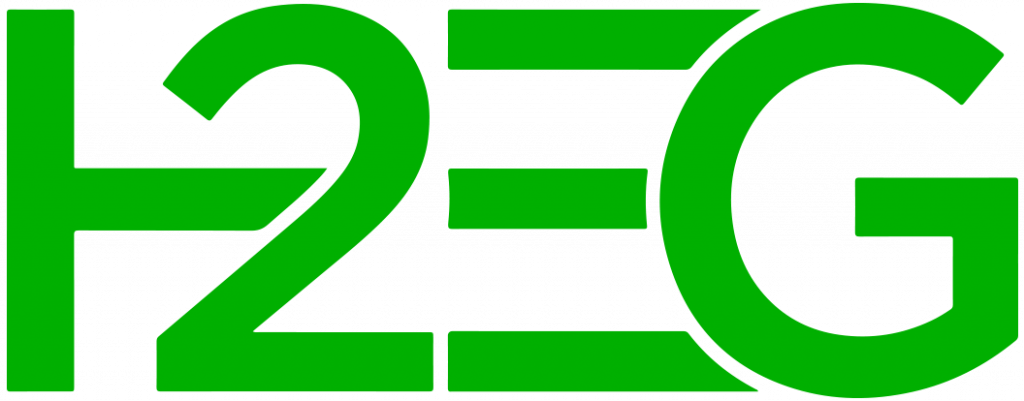
In its Enabling Sustainable Demand for Green Hydrogen in India report, IEEFA highlighted execution and demand as the nation’s biggest headwinds, with just 0.1% of projects under construction and 2.8% in operation.
Data from the Ministry of New and Renewable Energy (MNRE) shows that, as of August 2025, India had 158 green hydrogen projects at various stages of development. Around 94% of this capacity, equivalent to 11.2 million tonnes per year, is yet to “finalise key details.”
The demand uncertainty aligns with broader global challenges, with IEEFA reporting that just 6% of planned hydrogen capacity across the world is backed by confirmed buyers.
The report adds that India risks facing the same financing and final investment decision (FID) delays seen in the US, Europe, and Australia.
IEEFA cited four main barriers: high costs, unclear definitions, weak infrastructure, and limited electrolyser manufacturing.
It recommends hydrogen purchase obligations (HPOs) for refineries and fertiliser plants, alongside a unified global emissions framework.
“Driving sustained demand for green hydrogen will require bold, sector-specific domestic initiatives coupled with strategic international partnerships to unlock export potential,” the report stated.
Industry voices echoed these concerns during a recent H2 View and gasworld webinar. Amrit Singh Deo, an adviser to the India Hydrogen Alliance (IH2A), said, “Without long-term, guaranteed offtake, no project is going to be bankable.”
He urged the Indian government to replicate Japan’s contracts-for-difference (CfD) model, which stabilises revenues by covering the gap when market prices fall below a fixed strike price. He said it could help bridge the approximately $2/kg cost gap between green and grey hydrogen.
India is also chasing exports, aiming for up to 10% of a 100-million-tonne global hydrogen market by 2030.
IEEFA’s own modelling puts realistic export-linked demand at 0.75–1.1 million tonnes annually by 2030, primarily in green ammonia.
However, reports have suggested India’s export-focused projects may face delays.
MNRE Secretary Santosh Sarangi recently warned that global policy uncertainty, including slower renewable build-out in Europe and the postponed IMO vote, is prompting export-dependent developers to “recalibrate.”
Sarangi noted that India’s ambition to produce five million tonnes annually of green hydrogen by 2030 may slip to 2032, with the country instead reaching around three million tonnes by the end of the decade.
IEEFA warns the 2030 goal requires 125GW of new renewables and 60–100GW of electrolysers, compared with today’s 3GW manufacturing capacity.
Available now – India Pulse Report
To get a crystallised view on what’s driving growth and development in India in 2025, suppliers, customers and interested parties can now access gasworld Intelligence’s India Pulse report.
Find out about the latest data and trends to help you in your commercial decision-making, with gasworld’s 20-year industry expertise distilled into a highly targeted, data-rich snapshot.
More information on the India Pulse Report can be found here.

